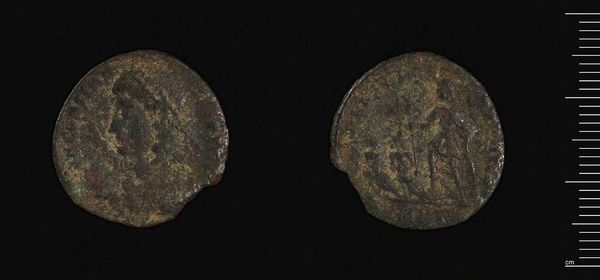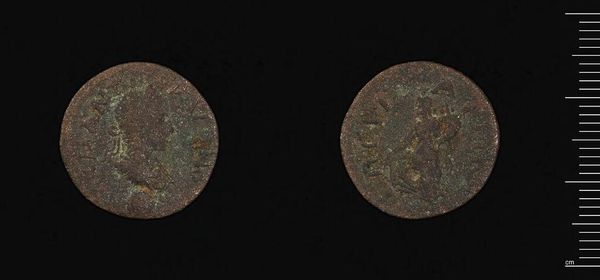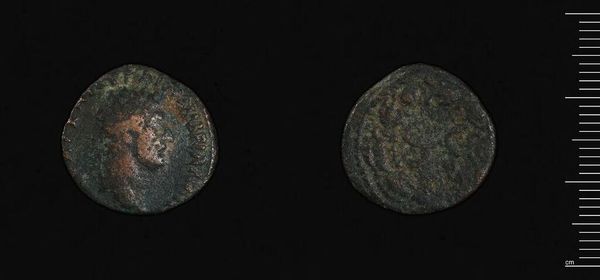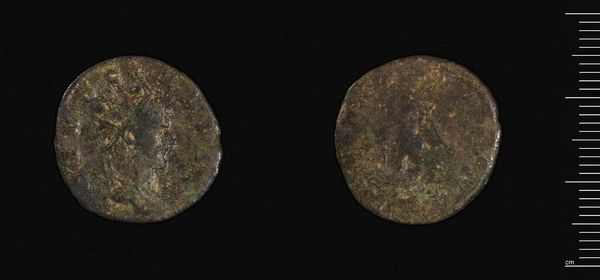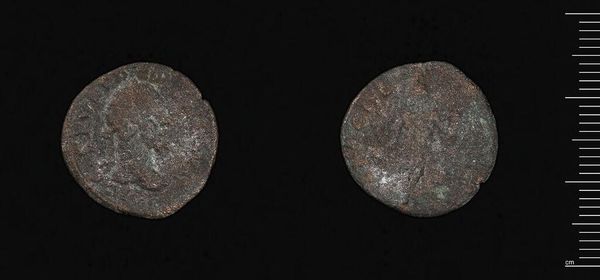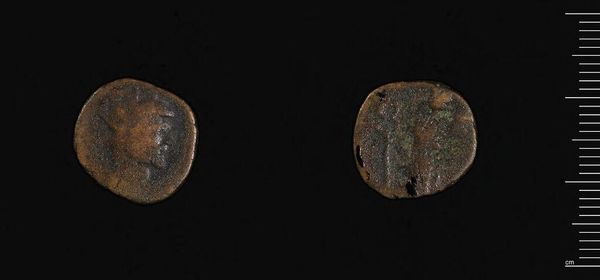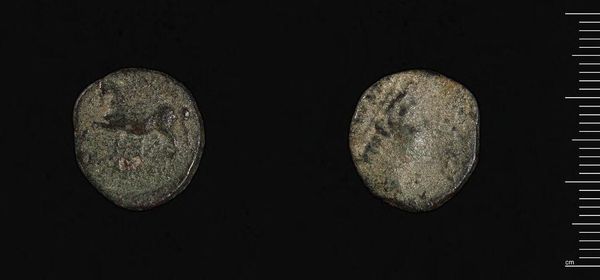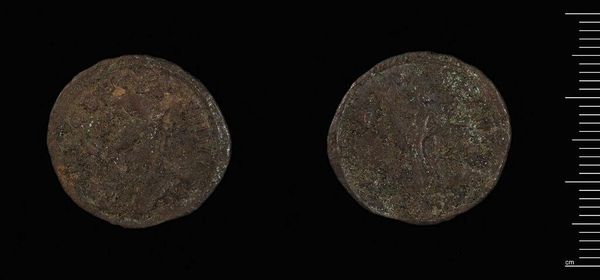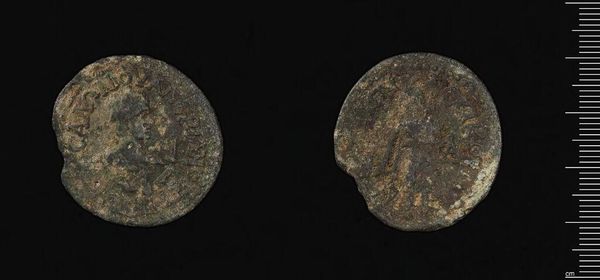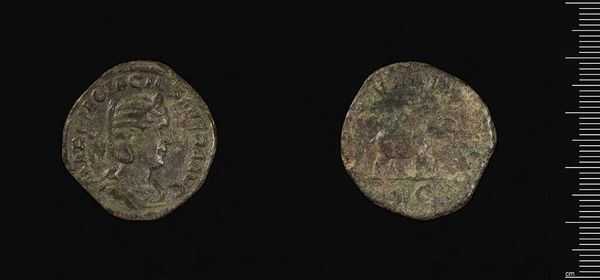
Dimensions: 2.74 g
Copyright: CC0 1.0
Curator: Here we have a bronze coin, a fraction of Diocletian's currency, hailing from Rome. The piece now resides in the Harvard Art Museums. Editor: It's remarkably small, almost unassuming. The patina gives it a subdued, earthy tone, a sort of melancholy weight. Curator: Coins like this weren't just monetary tools; they were instruments of imperial propaganda. Diocletian, facing economic instability, likely used these to project power and order. Editor: The relief portrait, though worn, still communicates a sense of idealized authority. The circular form itself implies wholeness and unity, a subtle but effective symbolic gesture. Curator: Exactly, and considering Diocletian’s role in dividing the empire for administrative ease, the coin represents a tension between centralized power and regional autonomy. Editor: I find it fascinating how such a simple object can encapsulate such complex historical forces. Curator: Indeed, it’s a potent reminder of how even the smallest artifacts can speak volumes about broader societal structures. Editor: A humble artifact, dense with meaning.
Comments
No comments
Be the first to comment and join the conversation on the ultimate creative platform.
